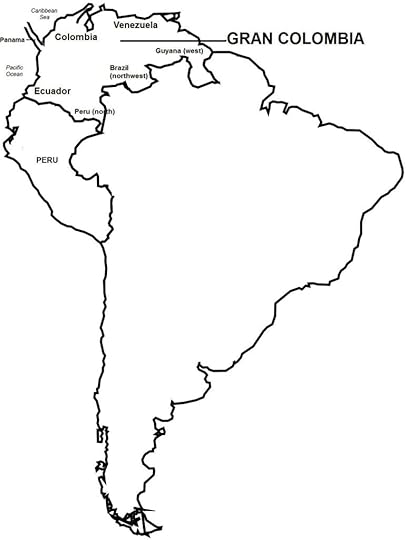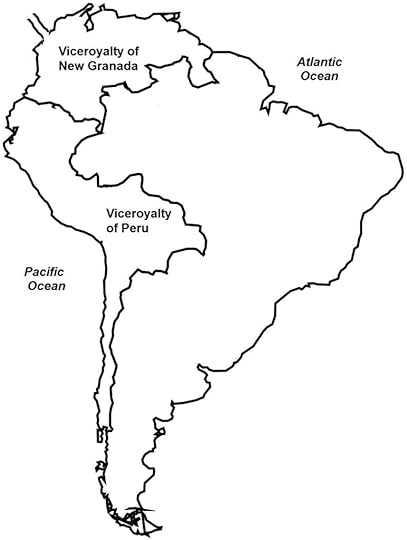January 29, 1942 – Ecuadorian-Peruvian War: The Rio Protocol is signed, ending war
Peace talks were held in Rio de Janeiro, Brazil. On January 29, 1942, Ecuador and Peru signed the Rio Protocol, anagreement where the two countries promised to cooperate to establish a commonborder. Also under the agreement, Ecuadorrenounced its claim of ownership to the disputed territories. In return, Peru withdrew its forces fromEcuadorian territories that were captured in the war.
A team of technical experts from the United States, Brazil,Argentina, and Chilearrived to delineate the border. Sincemuch of the territory where the border would pass was Amazonian jungle, U.S.Air Force planes conducted aerial surveys. The resulting maps that were produced showed some discrepancies betweenthe actual topography and the territorial descriptions found in the RioProtocol. Ecuador asked to renegotiate theborder, and subsequently withdrew from the demarcation panel, leaving the borderincompletely demarcated. Ecuadorhad declared that the Rio Protocol, with its flawed technical descriptions inthe Condor-Cenepa region, was impossible to carry out, and that it had beenforced to sign the Rio Protocol because Peruvian troops were occupying portionsof Ecuadorian territory. As a result ofthe impasse, Ecuador and Peruwould fight two more wars later in the twentieth century.

(Taken from Ecuadorian-Peruvian War – Wars of the 20th Century – Vol. 3)
Background In1941, war broke out between Ecuadorand Peru for possession ofthe Amazonian regions of Maynas and Jaen,as well as Tumbez. The war has itsorigin dating from the last century, when both countries gained theirindependence from Spain,i.e. Ecuador as a province of GranColombia (in 1817), and Peruas a sovereign state (in 1821).
Gran Colombiaand Peru,respectively, were formed from the Spanish territories of the Viceroyalty ofNew Granada and the Viceroyalty of Peru. These viceroyalties shared a border that was imprecisely defined inMaynas and Jaen,or had regions transferred between them, as in Tumbez. After gaining independence, Gran Colombia and Peruinherited these imprecise borders and the undelineated regions of Maynas, Jaen, and Tumbez.
Precisely as a result of their undefined border, Gran Colombia and Peru went to war in 1828. The war was inconclusive in the disputedregions, and the two countries agreed to maintain the territorial statusquo. In 1830, Gran Colombia was dissolved and replaced by three newcountries: Colombia, Venezuela, and Ecuador. The disputed lands now lay between Ecuador and Peru. The two countries met a number of times toresolve the issue and work out a common border. These negotiations failed, however, as the two sides held colonial-eradocuments that claimed ownership to the lands. Then in 1857, Ecuadortried to trade off a section of the disputed territories to pay off its foreigndebt. Peru used military force to stopthe transaction from taking place.

By the early 1900s, Peruhad gained control of Tumbez and Jaen,and most of Maynas. In 1933, Peru had its claim strengthened after fighting aborder war with Colombia. Negotiations after the war fixed theColombia-Peru border. Colombia also recognized Peru’s sovereignty over Tumbez, Jaen, and Maynas.
In 1936, Peruand Ecuadorsigned the Lima Accord, where the two countries agreed to respect each other’scontrol of occupied lands inside the disputed territories. Within two years of the agreement, however,skirmishes were taking place in the region.



